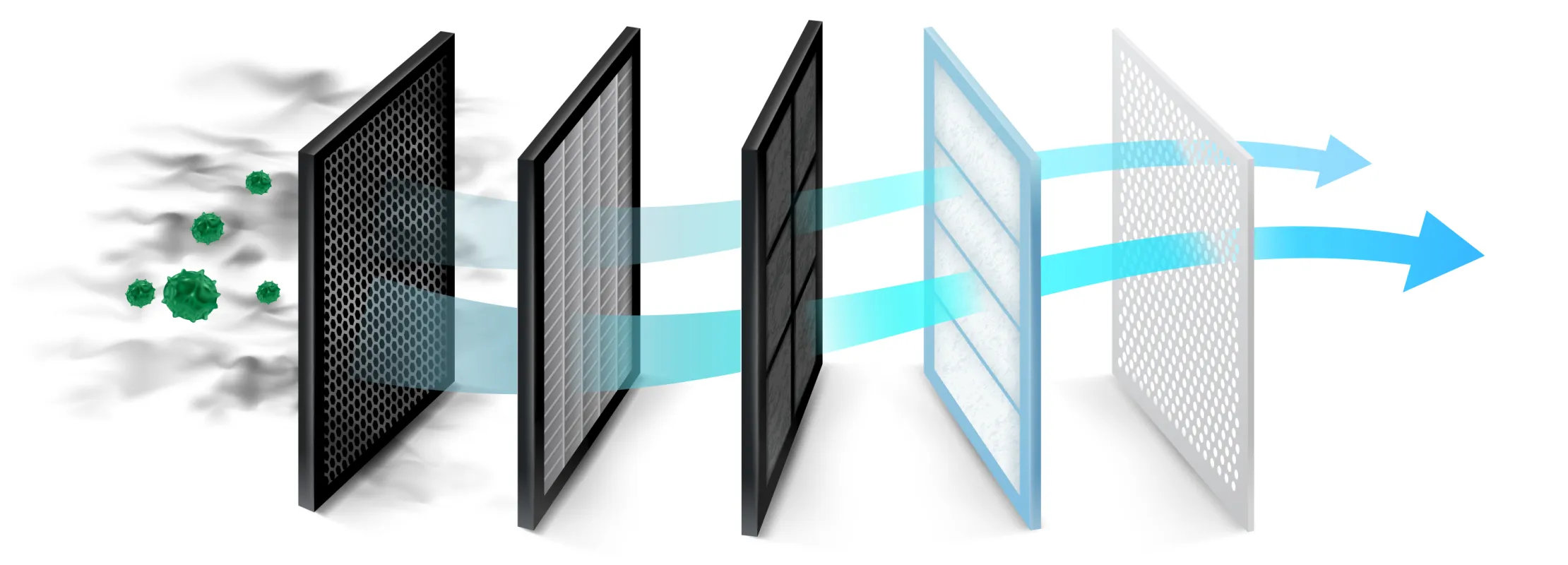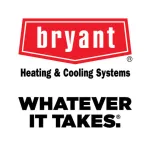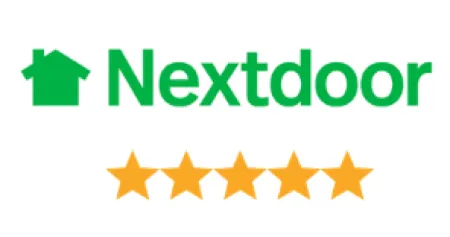
Time to Consider How COVID-19 Will Impact Ventilation Systems Work, Leisure, and Enclosed Spaces Securing A Clean Air System to Mitigate COVID-19
"Transmission of COVID-19 through the air is sufficiently likely that airborne exposure to the virus should be controlled. Changes to building operations, including the operation of heating, ventilating, and air-conditioning systems, can reduce airborne exposures". ASHRAE - April 2020
This document serves as potential guidance and resources for dealing with Ventilation issues associated with COVID-19.
Transmission of COVID-19 through the air is sufficiently likely that airborne exposure to the virus should be controlled. Changes to building operations, including the operation of heating, ventilating, and air-conditioning systems, can reduce airborne exposures.
Ventilation and filtration provided by heating, ventilating, and air-conditioning systems can reduce the airborne concentration of SARS-CoV-2 and thus the risk of transmission through the air. Unconditioned spaces can cause thermal stress to people that may be directly life threatening and that may also lower resistance to infection. In general, disabling of heating, ventilating, and air-conditioning systems is not a recommended measure to reduce the transmission of the virus.
-Statement issued by ASRAE, April 2020
American Society Heating Refrigeration Air Condition Engineers
A Plan for COVID-19 and Shared Spaces
- As businesses start to eye a reopening plan, or have in fact reopened, now is the time to evaluate spaces to see if they align with standard air quality management guidance.
- There is no doubt that COVID-19 spreads easily. The safety and security of building occupants is always the paramount concern of building owners and operators. Addressing COVID-19 concerns now can lead to a long term successful outcome.
- During the evaluation, particular attention should be given to childcare, fitness, concentrated gathering areas and enclosed capacity workspaces and class areas.
- Many new systems may already be properly equipped with appropriate devices, older or mid aged systems may not be. Needlepoint and Ionization devices can be useful in some units to mitigate some of the transmission issues as a response.
- This review can also assist by possibly providing a healthier indoor environment to your clients but can also provide important messaging to your clients upon re-opening that these issues have been addressed.
Action Plan for COVID-19 and Shared Spaces
Now is the time to consider how COVID-19 will impact indoor spaces as it relates to its occupants.
- How are the spaces going to be impacted or used? Are they associated with enclosed work spaces, class areas, childcare, fitness?
- Are there any new best practices that are going to be adopted?
- What is the current state of the HVAC equipment for the spaces served? Is up to date to ASHRAE standards?
- Is the equipment appropriately fitted to control airborne contaminants including COVID-19
- Can the business owner or operator benefit from messaging that these areas have been addressed?
Air Quality Management should be a part of every maintenance plan.
Resources for Ventilation and COVID-19
ASHRAE, American Society of Heating Refrigeration and Air Conditioning Engineers, has always maintained proper guidance when dealing with Ventilation, Filtration and Air Cleaning.
ASHRAE's position is that facilities of all types should follow, at a minimum, the latest published standards and guidelines and good engineering practice.
Below is an Important primer regarding COVID-19 and possible HVAC issues
ASHRAE continues to provide updates for building and facility managers in how to properly evaluate HVAC issues associated with COVID 19.
You can review ASHRAE documents here: www.ashrae.org/technical-resources/resources
ASHRAE standards are included in all building codes nationally. It is the universal standard for which Air Systems are evaluated and maintained.
Documents that can be reviewed by ASHRAE:
ASHREA standards address proper methodology, testing, monitoring, and installation of Air Systems and contaminants in HVAC systems and indoor spaces.
Theses publications include, but are not limited to:
ASHRAE Standard 62 for Proper Ventilation
ASHRAE Standard 52.2 Method of Testing General Ventilation Air Cleaning Devices
ASHRAE Indoor Air Quality Guide
ASHRAE Position Document on Airborne Infectious Disease
ASHRAE Technical Committee 2.9 Ultraviolet Air and Surface Treatment to Destroy Virus and Bacteria
The Air Company of Georgia
License # CN210920
Phone: 404-583-7788
www.TheAIRcompanyGA.com



